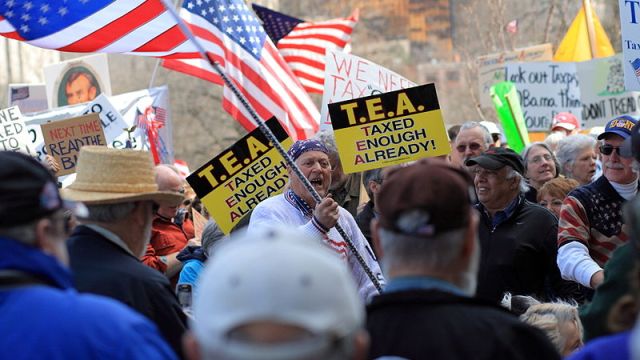Better Safe Than Sorry When It Comes to BPA

Last week, I wrote about the dangers of waiting until the chemicals we are exposed to are conclusively proven to be dangerous before regulating them, especially when most studies on their effects are sponsored by the industries that use them. This is particularly important in light of a new study that found a chemical called bisphenol A (BPA)—which has been provisionally linked to a range of serious health problems, including obesity, infertility, developmental disorders, and cancer—in a wide variety of common supermarket products, including baby formula.
While our exposure to BPA is within government safety guidelines, there are reasons to think those guidelines—which were heavily influenced by lobbyists from the chemical industry—may be too lax. In June, the Endocrine Society released a statement in June warning that there is “mounting evidence” that BPA and other “endocrine disruptors” have serious adverse affects and calling for more research. And the Breast Cancer Fund is also pushing for BPA to be banned from use in food containers.
Defenders of BPA point to a handful of studies suggesting it may not be that dangerous and dismiss the evidence that it presents a risk as “soft science.” Some compare the concern over BPA to the so-called “Alar scare” in the 1980s when fears about the dangers posed by an chemical used to treat fruit led to it being banned, even though it is probably not as dangerous as it was made out to be. And it may, of course, turn out that in spite of the studies suggesting it could be a health risk BPA is relatively harmless.
But it’s just not worth taking the chance. As Tom Laskawy argues, we should be guided by what philosophers call the precautionary principle. Where the science is unclear the burden of proof should fall upon the industry to show that it is not dangerous. As I wrote last week, chemicals are not innocent until proven guilty. For every chemical that proves to be less dangerous than feared, there is another that proves to be just as bad. And it’s not like BPA is so irreplaceable or essential. Where there are strong theoretical and empirical reasons to suspect that a substance might be dangerous, it’s appropriate for the government to step in. In a recent op-ed, New York Times columnist Nicholas Kristof makes the same point. As Dr. Ted Schettler of the Science and Environmental Health Network said to Kristof, “When you have 92 percent of the American population exposed to a chemical, this is not one where you want to be wrong. Are we going to quibble over individual rodent studies, or are we going to act?”





